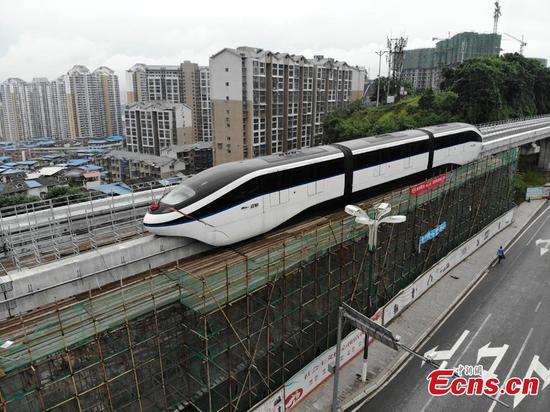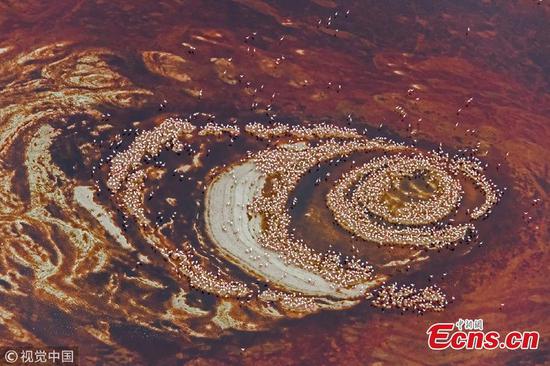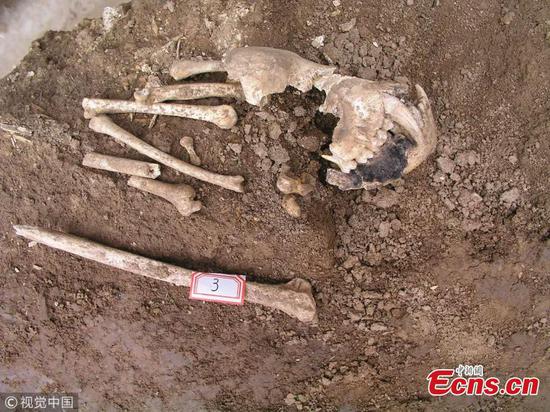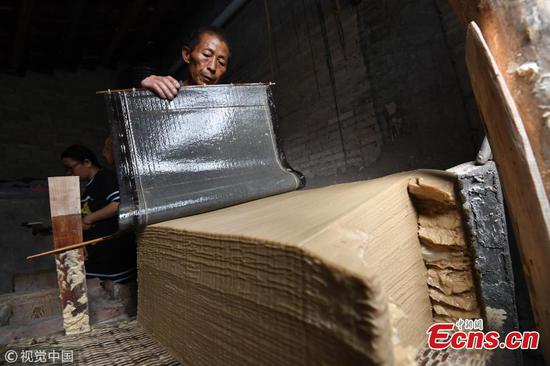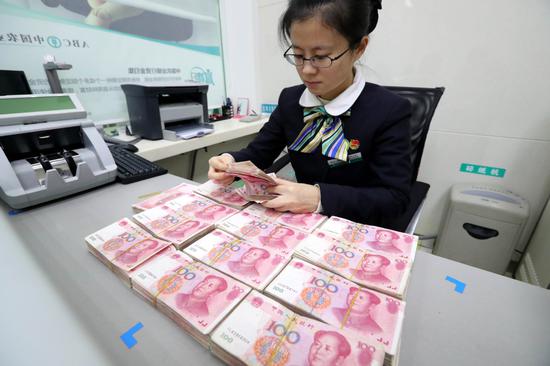
A clerk counts cash at a bank in Huaibei, Anhui Province. (Photo provided to China Daily)
Measures by central bank to prevent further lending rate hikes
The central bank's recent measures to inject liquidity and encourage bank lending may have a moderate impact on boosting credit growth, as regulatory tightening continues, said experts.
The measures will help curb further increases in lending rates while easing financing strains to some extent.
A comprehensive monetary policy package combining quantitative and qualitative measures was issued on Sunday in response to a State Council meeting on June 20.
Besides freeing up 700 billion yuan ($106 billion) of liquidity through reductions in the reserve requirement ratio (RRR) for commercial banks, the package also plans to raise the central bank's lending quota to commercial banks by 150 billion yuan. But this amount needs to be specifically used for more loans to small and microenterprises, and the agricultural sector.
Commercial banks' borrowing costs from the central bank, or the re-lending rate, will be lowered by half a percentage point to stimulate loans to small businesses, according to a statement from the central bank on Monday.
Additional measures include encouraging financial institutions to issue asset-backed securities and financial bonds for small and microenterprises, and tax cuts for interest income from their loans.
Reductions in the re-lending rate is likely to have a similar effect as cutting the open market interest rates, which may lower financing costs for small businesses, and hence the central bank's move could be seen as a "targeted interest rate cut", said Li Qilin, a senior researcher at Lianxun Securities.
The combined policies should reduce liquidity risks, especially for smaller banks, which are net liquidity users and generally more reliant on shadow banking activities or off-balance-sheet financing, said Andrew Fennell, director of the sovereigns department with Fitch (Hong Kong) Ltd, a credit ratings agency.
"Regulatory tightening will have a more powerful impact on credit growth than the additional liquidity generated," said Fennell, who said that commercial banks do not have sufficient capital to support aggressive asset expansion.
The swift deceleration in credit growth since the past year could add downside risks to GDP growth in the second half of this year, as economists forecast, while trade tensions with the U.S. could have noticeable impact on policy considerations.
In May, the country's broadest measure of new credit slumped to a two-year low of 760.8 billion yuan from 1.56 trillion yuan in April, amid a campaign to rein in the shadow banking sector.
New yuan loans stood at 1.15 trillion yuan, versus a projected 1.2 trillion yuan, and broad money supply (M2) increased 8.3 percent, according to data from the central bank.
After these policies take effect, the growth of M2 is likely to moderately accelerate but credit growth might remain stable at around 12 percent, said Wen Bin, a researcher at China Minsheng Bank.
The interest rate of Chinese treasury bonds, or the risk-free interest rate, is likely to drop continually, and the credit strains could ease moderately rather than see a drastic change, said Ding Anhua, chief economist at CMB International, a wholly-owned subsidiary of China Merchants Bank.













